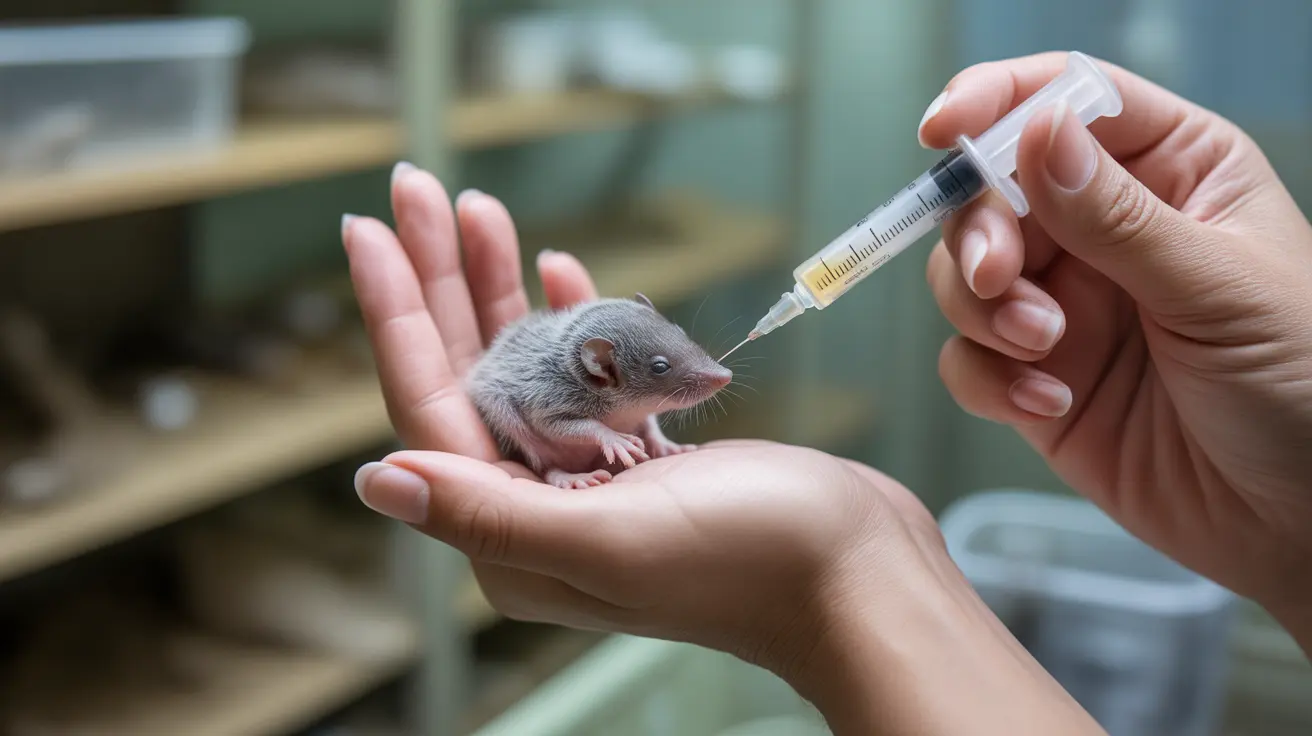Understanding the Relationship Between Cats and Dogs
The age-old rivalry between cats and dogs has long been the subject of cartoons, idioms, and household anecdotes. The common perception that dogs are the cat's worst enemy stems from their differing instincts, behaviors, and communication styles. However, modern research and pet ownership experiences reveal that this antagonism isn't always innate or permanent. With the right approach, these two species can form peaceful—and even affectionate—relationships.
Why Cats and Dogs May Clash
Cats and dogs are two distinct species with their own sets of instincts and behaviors. These differences can lead to misunderstandings or fear-based reactions:
- Predatory Instincts: Dogs often enjoy chasing moving objects, which may trigger a cat’s flight response.
- Communication Styles: A wagging dog tail may signal happiness, while a cat’s flicking tail can indicate irritation or fear.
- Behavior Interpretation: Friendly behaviors in one species can be seen as threatening in another.
Despite these differences, labeling dogs as cats' worst enemies is oversimplified. Many cats and dogs coexist peacefully or even form strong bonds when properly introduced and managed.
Keys to a Peaceful Introduction
The process of introducing cats and dogs is crucial to determining the future of their relationship. A rushed or poorly managed introduction can cement fear or hostility.
Step-by-step introduction tips:
- Start with separate spaces to allow pets to adjust to each other's scent through swapping bedding or toys.
- Ensure each pet has a core safe area with their own food, water, litter or potty area, and resting zone.
- Use barriers like baby gates to allow visual contact without physical access, reducing fear and stress.
- Conduct supervised first meetings with the dog on a leash and the cat free to leave.
- Always praise calm behavior with treats and avoid forcing interaction.
Important Behavioral Tips
To ensure your cat and dog get along—or at least tolerate each other—keep in mind the following strategies:
- Always progress at the cat’s pace. Cats are more vulnerable in physical confrontations.
- Reward calm canine behavior to promote positive reinforcement.
- Give your cat vertical space to escape, such as cat trees or high furniture.
- Ensure both pets are mentally and physically stimulated to prevent boredom-related issues.
- Search professional help if aggressive behavior continues.
Factors Influencing Compatibility
Several elements determine whether or not cats and dogs will get along:
- Temperament: Calm, tolerant animals usually adjust better than high-strung or territorial ones.
- Age: Introducing a kitten and a puppy typically yields more favorable results.
- Previous Experience: Pets previously exposed to other species are often more adaptable.
Myths and Realities
The saying “fight like cats and dogs” paints an exaggerated picture. While it's true that innate behaviors can lead to conflicts, proper ownership practices can result in harmony:
- Some pets develop deep bonds, grooming and sleeping near each other.
- Others may remain indifferent but peaceful.
- In rare circumstances, some cats and dogs are just not compatible. Recognizing this and respecting their individuality is crucial.
Cultural Perspectives on the Cat-Dog Dynamic
Popular culture often reinforces the stereotype of enmity between cats and dogs. Yet, many households report successful multi-pet environments. Cultural shifts, increasing education on pet behavior, and experiences with interspecies bonding challenge outdated views.
Final Thoughts: Enemy or Companion?
So, what is the cat's worst enemy? While dogs may appear to fill this role due to natural behavior differences, it's not a one-size-fits-all answer. With proper socialization, care, and introductions, many cats and dogs thrive together.
In reality, poor introductions, misunderstanding of behavior, and lack of supervision pose a greater threat to peaceful coexistence than any single species. Understanding your pets individually is the key to a harmonious home.




